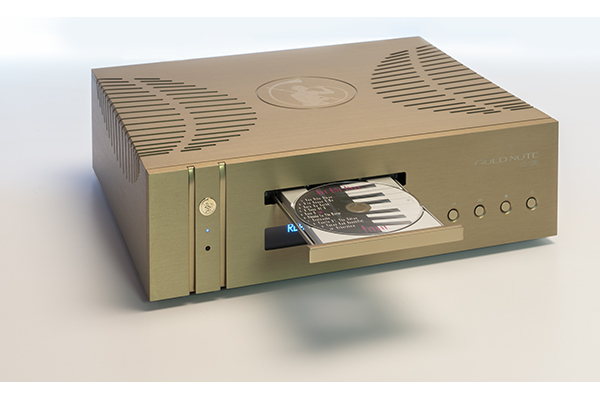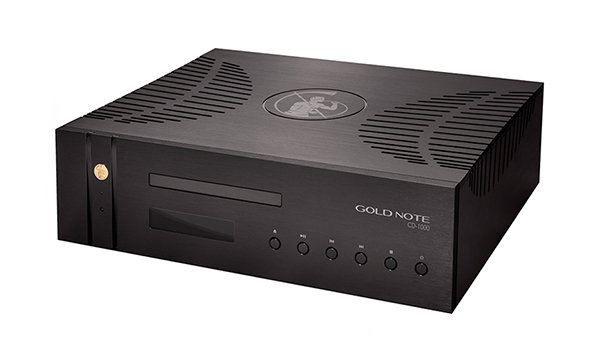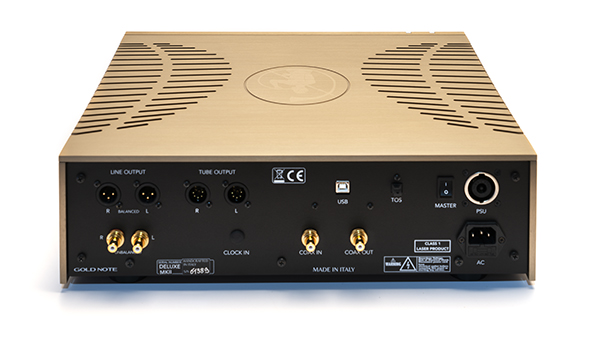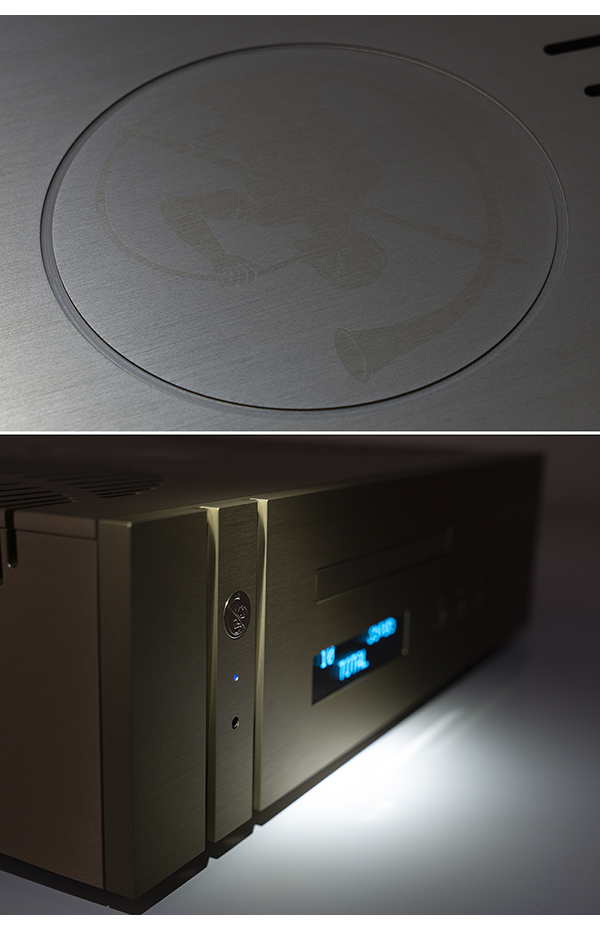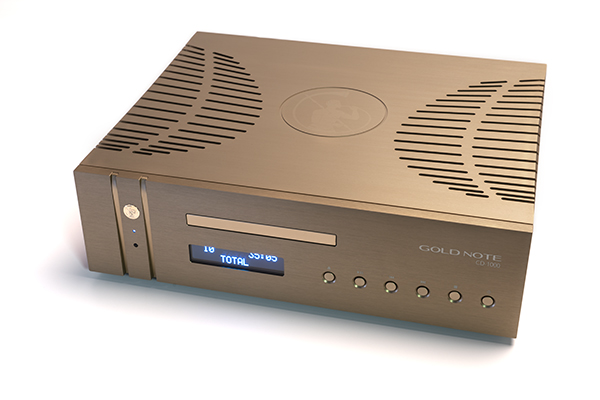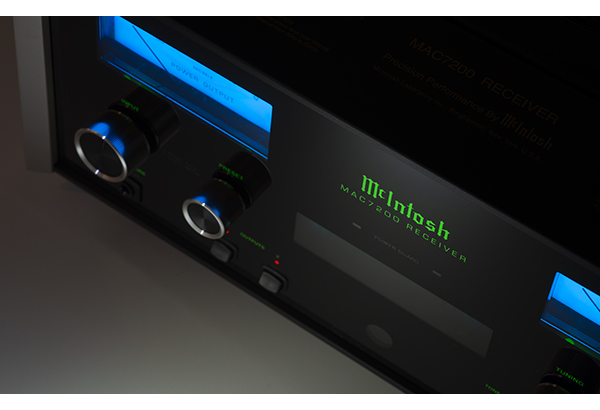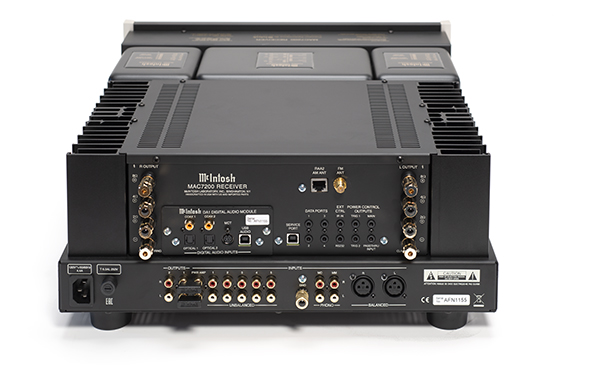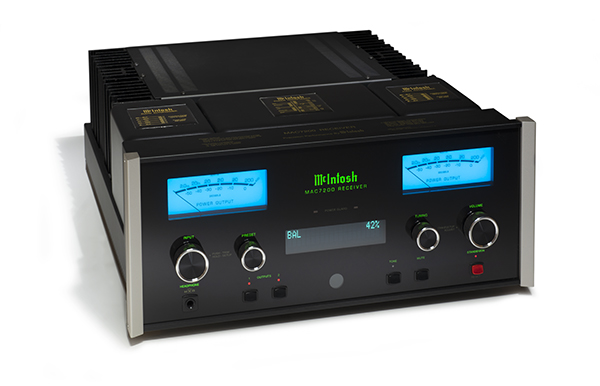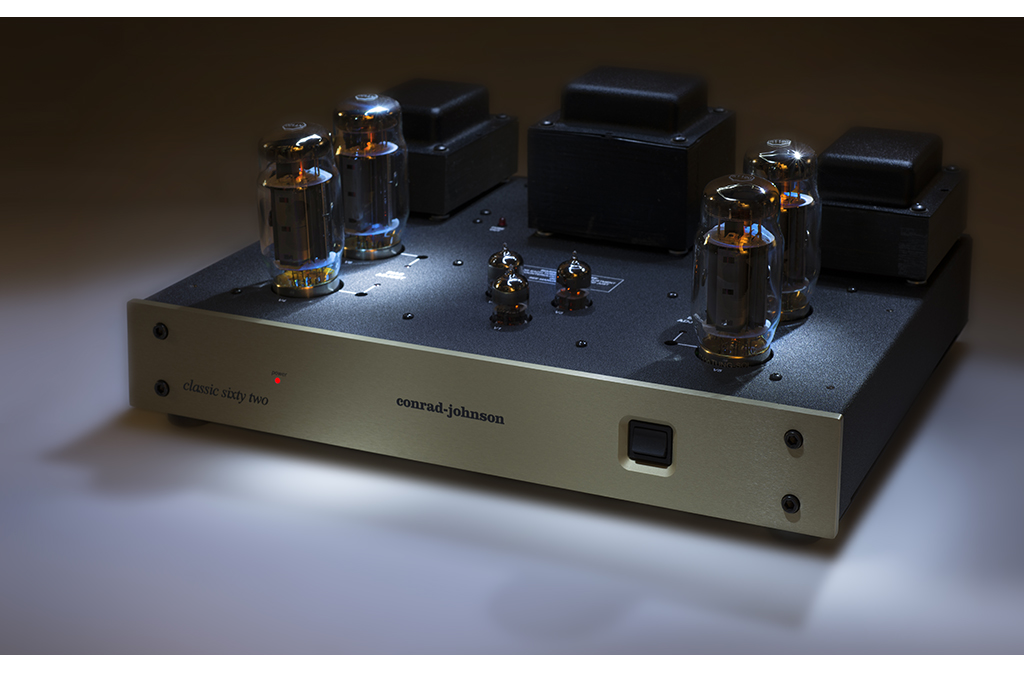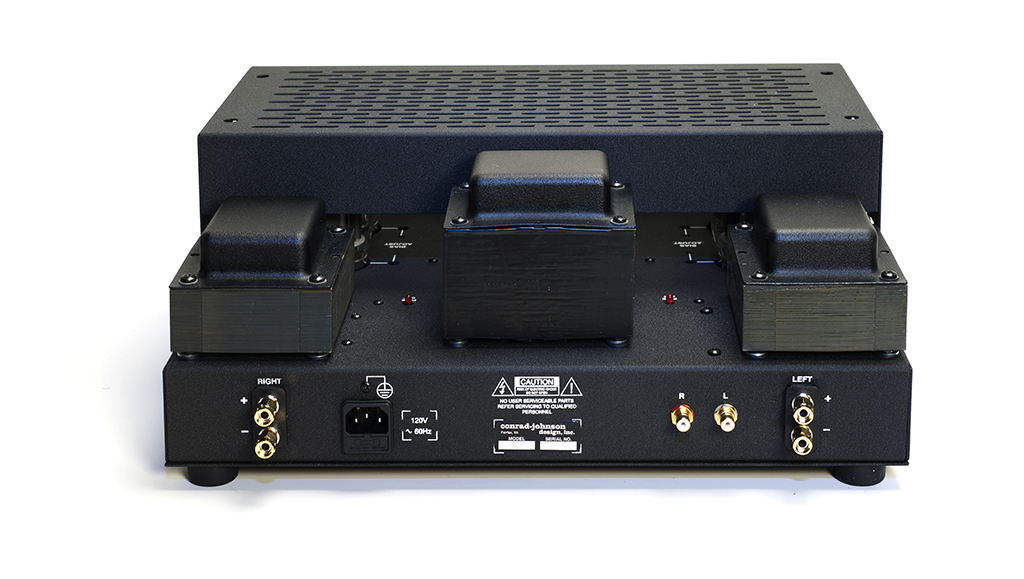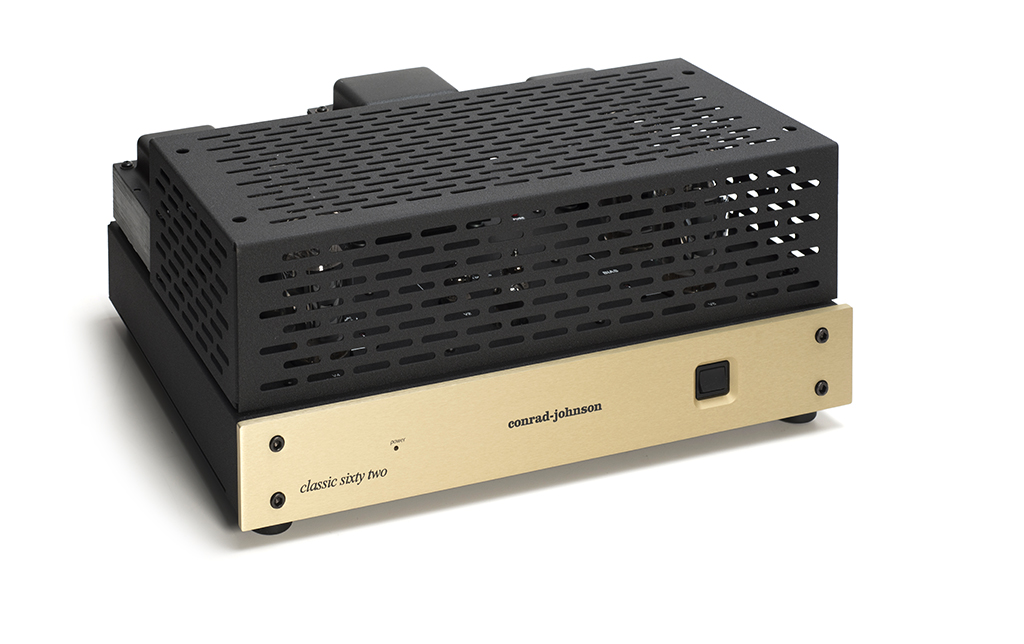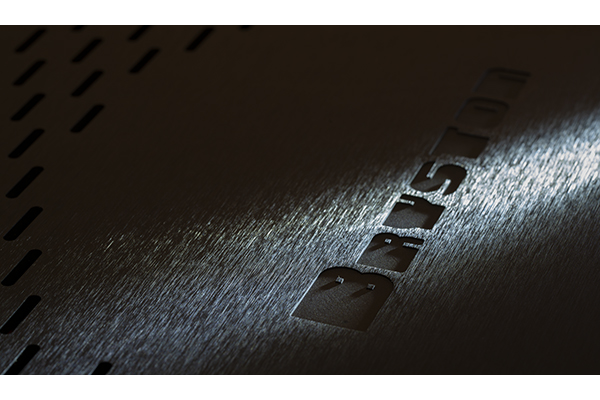 Not wanting to waste the first half of the review with a history lesson, we’ll keep it short and to the point. It’s important to tell you why a product is worth the asking price, rather than leaving it to an unanswered question at the end of the review. So just a little bit about Bryston for those of you that aren’t familiar is an important part of their back story.
Not wanting to waste the first half of the review with a history lesson, we’ll keep it short and to the point. It’s important to tell you why a product is worth the asking price, rather than leaving it to an unanswered question at the end of the review. So just a little bit about Bryston for those of you that aren’t familiar is an important part of their back story.
Bryston components are hand made in Canada to pro audio standards, and that’s not a bad thing. They are one of the few companies that sell in both arenas, and both camps benefit. The pro-audio customer gets additional value from Bryston’s audiophile side, making for fantastic sound, used in studios around the world, while the audiophile users benefit from rock-solid reliability.
Ever had a friend with a Bryston amp complain about it being broken? Me neither, and I’ve been buying hifi gear for a long time. Bryston offers the best warranty in the business because they make incredibly dependable products, and that’s a huge part of the value proposition here, especially when you’re thinking about buying a $25,000 pair of monoblocks. You can look at them as a lifetime investment, or if you’re a fickle audiophile, they will work flawlessly for the next three owners. But once you get to 1000 watt per channel monoblocks, where do you go?
Let’s get the clichés out of the way
All of the well-worn audiophile clichés apply to the 28B Cubed monoblocks. So, we’ll skip that, eh? In addition to the high reliability/build quality of these fairly dense amplifiers (they weigh 90 lbs. each, but feel heavier, thanks to their compact form), it’s all about the power.
Many audio enthusiasts subscribe to the first watt theory, that if the first watt of power doesn’t sound great, the next 999 don’t matter. To a certain point, that is true, but once that goal is achieved, to really feel like you are living the music instead of just listening to it, a vast power reserve is vital to feeling there.
While you may listen at low volumes, even when doing so, and with small speakers, I might add (in this case the excellent Falcon LS3/5as) the added level of control and dynamics offered by this amplifier rule the day. All too often, we think of dynamics as the ability to handle large, quick musical transients. I maintain that the ebb is just as important as the flow, and the 28B Cubed amplifiers have a fantastic ability to fade back to zero just as quickly as they can accelerate to 100%. This ability to breathe, if you will, is what allows you to hear fingers slide across a guitar fretboard and feel the textural difference when you listen to Stanley Clarke (or whoever your favorite bass players are) go from acoustic bass to an electric. Small amplifiers just can’t do this as easily.
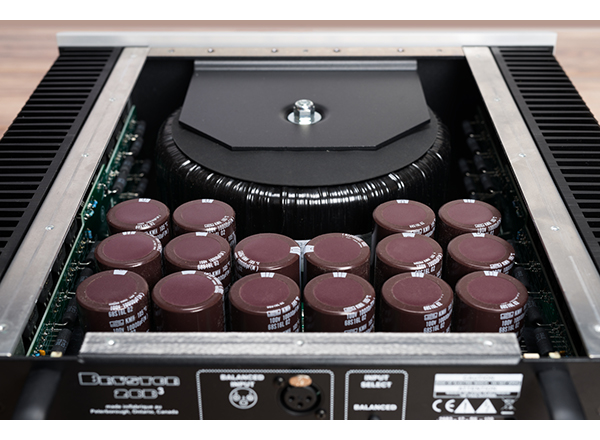 The colossal power supply in each one of the 28B Cubed chassis offers up a level of dynamics and control that very few amplifiers can match. This level of effortlessness brings yet another level of clarity to your system’s presentation. For the internet pundits claiming that the source is everything and that power doesn’t matter, I think a day with the big Bryston monos will make them believers.
The colossal power supply in each one of the 28B Cubed chassis offers up a level of dynamics and control that very few amplifiers can match. This level of effortlessness brings yet another level of clarity to your system’s presentation. For the internet pundits claiming that the source is everything and that power doesn’t matter, I think a day with the big Bryston monos will make them believers.
Power is good
In the course of this review, I made it a point to use the 28Bs with about a dozen different pairs of speakers. The Falcons, a pair of ProAc Tablettes, the ever-popular KEF LS-50, and even my old Spica TC-50s got pressed into service. Every one of them delivered better performances than they ever have, with more bass offered up than I ever dreamed any of these tiny contenders were able to provide. If you’ve ever noticed, clever speaker manufacturers with the “best sound at shows” often use massive amplifiers in their rooms, even with small speakers and low volume levels.
Moving up the range, a couple of torturous, tough to drive speakers were brought into play: the Quad 2812s, some vintage Acoustats, and some Magnepans all were driven with ease. Extreme ease, actually. It might seem to go past what you know, but more often than not, I’ve achieved much bigger, broader sound with ESLs usually thought of as just needing a polite, little tube amp with a giant solid-state amplifier. It’s that devil control again because ESLs are pretty much like hooking your amp up to a big capacitor and calling it a day. That bottomless power supply inside the Bryston amplifiers is rock solid and unaffected by any of this. I must admit, though, that because the 28Bs were so clean in their presentation, I was a little scared I might just melt the Quads into a puddle. Fortunately, no speakers were harmed in the production of this review.
Finally, pairing the Bryston monos with the Focal Sopra 3s, the Focal Stella Utopia EM, and my Sonus faber Stradivaris proves these amplifiers are worthy in the highest of high-end systems too. A couple of status-oriented audio buddies were shocked to know that these amplifiers were “only” 25 thousand dollars a pair, so it’s all relative. Seriously, putting the 28Bs into a system with some top-shelf gear proves they are more than worthy.
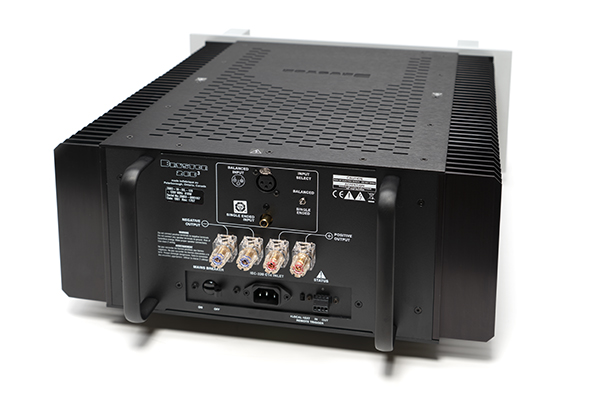 Down to the sound
Down to the sound
Everyone likes a different sound or tuning on their system. If your taste falls more to the overly warm, ultra-romantic sound of certain tube amplifiers, the Brystons will probably not be your cup of awesomeness. Those liking a neutral/natural tonal balance to one only a few clicks to the warm/romantic/tonally saturated side can quickly achieve that. Bryston’s flagship preamplifier or any number of others offering that voice will work wonders. Again, if you’d like a bit of warmth combined with the massive power and low-frequency control, this too is easy to accomplish with the 28Bs.
These are fully balanced amplifiers, yet they offer single-ended RCA inputs as well. I had an ample slice of heaven using a vintage (yet updated) Conrad-Johnson PV12 preamplifier, an equal helping of loveliness with my reference Pass XS Pre (slightly warm), and just as nice, but different rendering with the new Boulder 1166 preamplifier. (spot-on neutral, much like the Bryston gear).
Thanks to their natural character, they will be an excellent match with a wide range of tastes. And, you’ll never be hunting tubes down on a weekend when you want to get some serious listening done. Turn your 28Bs on and just enjoy.
Whatever music you enjoy will be reproduced faithfully with the 28Bs. Their vast power reserves make them equally adept at capturing the full-scale dynamics of the heaviest metal band, or the biggest orchestra at your fingertips. Their sheer nimble speed will appeal to those that enjoy acoustic instruments, and vocal performances. There was nothing we found lacking, or less than enjoyable, though again I must admit playing some of my favorite rock, hip – hop, and EDM tracks are so much fun with these amplifiers. Their massive power reserves bring this music more to life than modestly powered amplifiers can.
You don’t realize just how awesome these amplifiers are until you go back to your favorite 60 watt per channel amp. It just feels small. For everyone that’s said you need big speakers to play music on a big scale, you need big amps too. And these are some pretty damn cool amps.
I haven’t mentioned it up till now, but for my music-loving friends that enjoy achieving concert hall sound pressure levels, you will not be disappointed with these amplifiers in the least. Because they can produce so much power, with such tremendous ease, I highly suggest getting a sound pressure meter or app for your phone. Unlike those distorted amps you hear in a live concert performance, the Brystons are so clean you might finding yourself inching that volume control up, up, up to the point of hurting yourself. You’ve been warned.
Even when listening to my favorite live rock recordings, I couldn’t make these amplifiers clip, and if you have even modestly sensitive speakers, your hearing will give out before they do. One final warning, with this much power at your disposal, be sure that if you aren’t using a Bryston preamplifier, that yours does not make any kind of transient pops, etc., should you turn it off first. This much power will harm your speakers. Always be sure to shut the 28Bs off first if you are using a tube preamplifier to avoid problems.
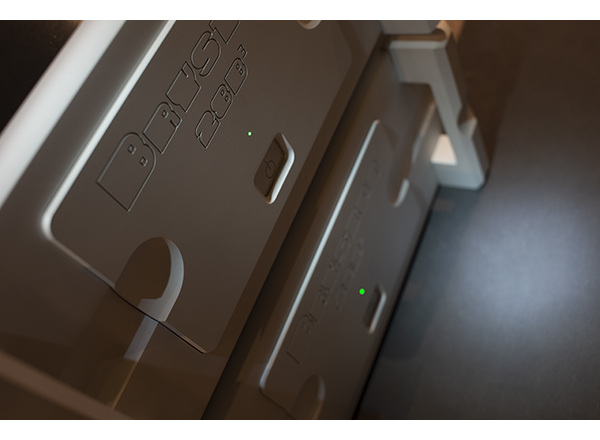 Setup, break-in and such
Setup, break-in and such
Other than lifting your 28Bs into place, they are incredibly easy to use and operate. With 15A AC inputs, you should be able to plug them in anywhere. The rear panel claims that they draw 1790 watts at full power, so those who like to really rock should think about dedicated lines. To that effect, while we could never make these amplifiers clip, when they were both plugged into a single 15A AC line, we were able to take the circuit breaker out at the wall.
We suggest having dedicated 15A lines for your 28Bs, and if you’re starting from scratch, a pair of 20A lines isn’t a bad idea. All of our testing, aside from the initial investigation was done with dedicated 20A power lines for each monoblock. While not a huge difference, the dedicated lines to offer that last bit of ease that these amplifiers are capable of delivering.
The 28Bs come out of the box sounding great, and after a couple of days fare even better. I suspect this is just as much due to thermal stabilization as it is “component break-in.” I am a true believer in this phenomenon; however, it seems to be a more profound thing with tube amplifiers possessing a large number of giant Teflon capacitors. None of that is going on here to impede your progress, so you can enjoy your 28Bs straight away. Because they are class AB amplifiers, they do not get terribly warm either, another plus.
Finally, the 28Bs are available with 17 inch or 19-inch front panels, in silver or black. I love the silver, and it’s worth calling attention to the fantastic job Bryston has done in the machine work on these cubed amplifiers. It’s a tremendous aesthetic combination – paying homage to the massive power contained within, yet not overdone in the least. The only decision is whether to get the front handles or not. They look great without, yet are so much easier to handle with, and both models have the rear mounted handles.
Honestly, that’s the biggest decision you face. When we did our initial look at the 28B Cubed monoblocks last year, we gave them one of our Exceptional Value Awards for 2019. Yes, $25k is not an idle purchase, but you won’t find a $100k pair of amplifiers that best these. Considering the build quality, Bryston’s dedication to their customers and dealer network, and the top-level performance, if that doesn’t say exceptional value, I don’t know what does. These amplifiers were an absolute pleasure to use.
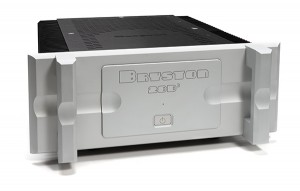 The Bryston 28B Cubed Monoblocks
The Bryston 28B Cubed Monoblocks
$25,000/pair
www.bryston.com
Peripherals
Preamplifier Pass Labs XSPre
Digital Source dCS Vivaldi One
Analog Source GrandPrixAudio Parabolica Turntable/TriPlanar Arm Koetsu Jade Platinum
Speakers Sonus faber Stradivari (35th anniv. edition), six pack REL no. 25 subwoofers
Cable Cardas Clear, Tellurium Q Reference





